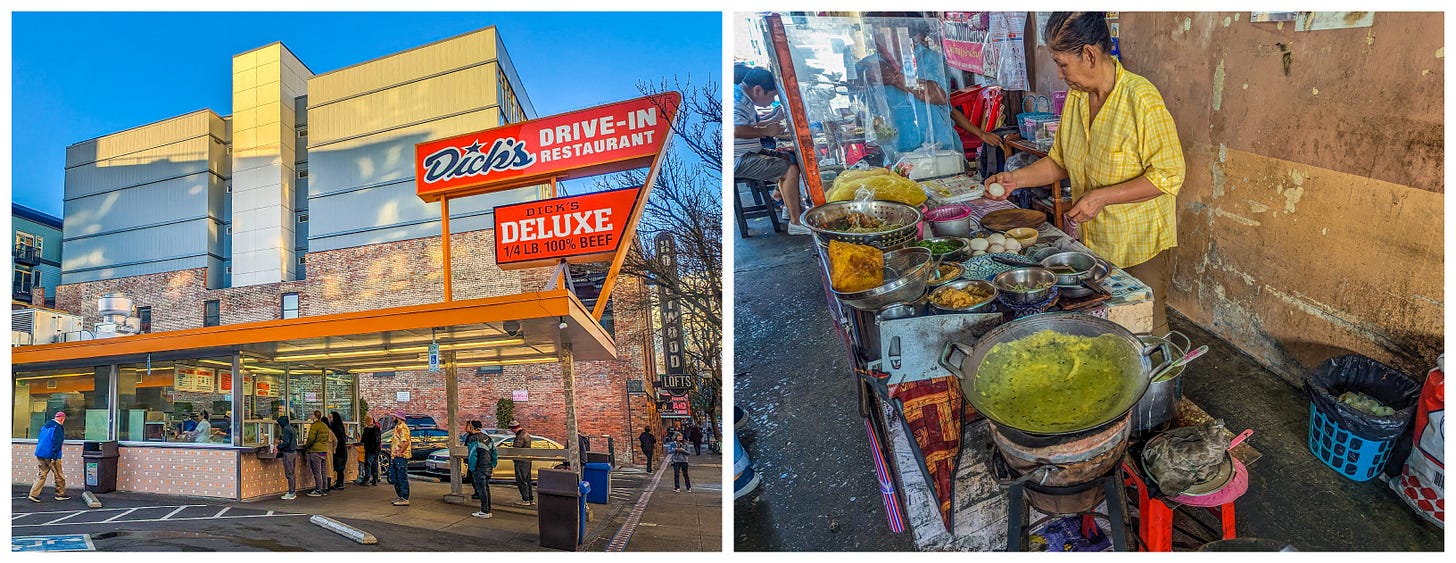Shopping Is a Different Experience Outside of America
Some aspects can very, uh, informal. But in some ways, that's better.
For the audio version of this article, read by the author, go here.
Last year, Brent and I lived in Fethiye, Turkey, just a few blocks from a public market that set up shop once a week.
You could find almost anything at the “Tuesday Market”: fresh produce, meat, cheese, and street food, but also hats, dresses, pants, shirts, shoes, purses, and all kinds of household items.
If it was something you could carry home, it was probably for sale somewhere in the market.
On one hand, the merchants took their business very seriously, arriving early to set up their wares and being very attentive to shoppers.
On the other hand, the whole atmosphere was pretty casual. I suspect it was lightly regulated by the government — with very little in the way of meat inspections! — and almost all the transactions were in cash.
The vendors all knew and helped each other. Once when I was buying a huge watermelon from an older man, the young man from the neighboring stall stepped up to help him cut it up.
The merchants treated me fairly too. Since I don’t speak Turkish, it would have been fairly easy for someone to cheat me, but more than once, I turned away from a stall only to have the merchant call me back so they could hand me my change.
During our eight years of world travel, this has been a typical shopping experience for me — at least outside of the U.S. and Western Europe — and I can’t help but compare it to how I used to shop when Brent and I still lived in America.
On one hand, even the poorest countries we’ve visited have some stores like the ones we knew back home: supermarkets, department stores, chain stores, and also specialty shops. But these places are more likely to be patronized by the country’s elite.
On the other hand, the poorer or more traditional the country, the more likely it is to also have public markets like Fethiye’s Tuesday Market.
I’ve also visited souks, bazaars, tianguis, street markets, wet markets, and hawker centers. And I’ve often seen goods for sale in ways even more informal than that — from vendors selling goods from pop-up stalls, roaming carts, or blankets spread right out on the sidewalk.
In fact, that’s even the technical term for these two kinds of retail: “informal” versus “formal.”
Generally speaking, in formal retail, the businesses are taxed and tightly regulated: licensed and inspected to comply with government regulations on safety, minimum wage, and all the rest.
As for regulation at informal retail, well, that very much depends.
Keep reading with a 7-day free trial
Subscribe to Brent and Michael Are Going Places to keep reading this post and get 7 days of free access to the full post archives.




